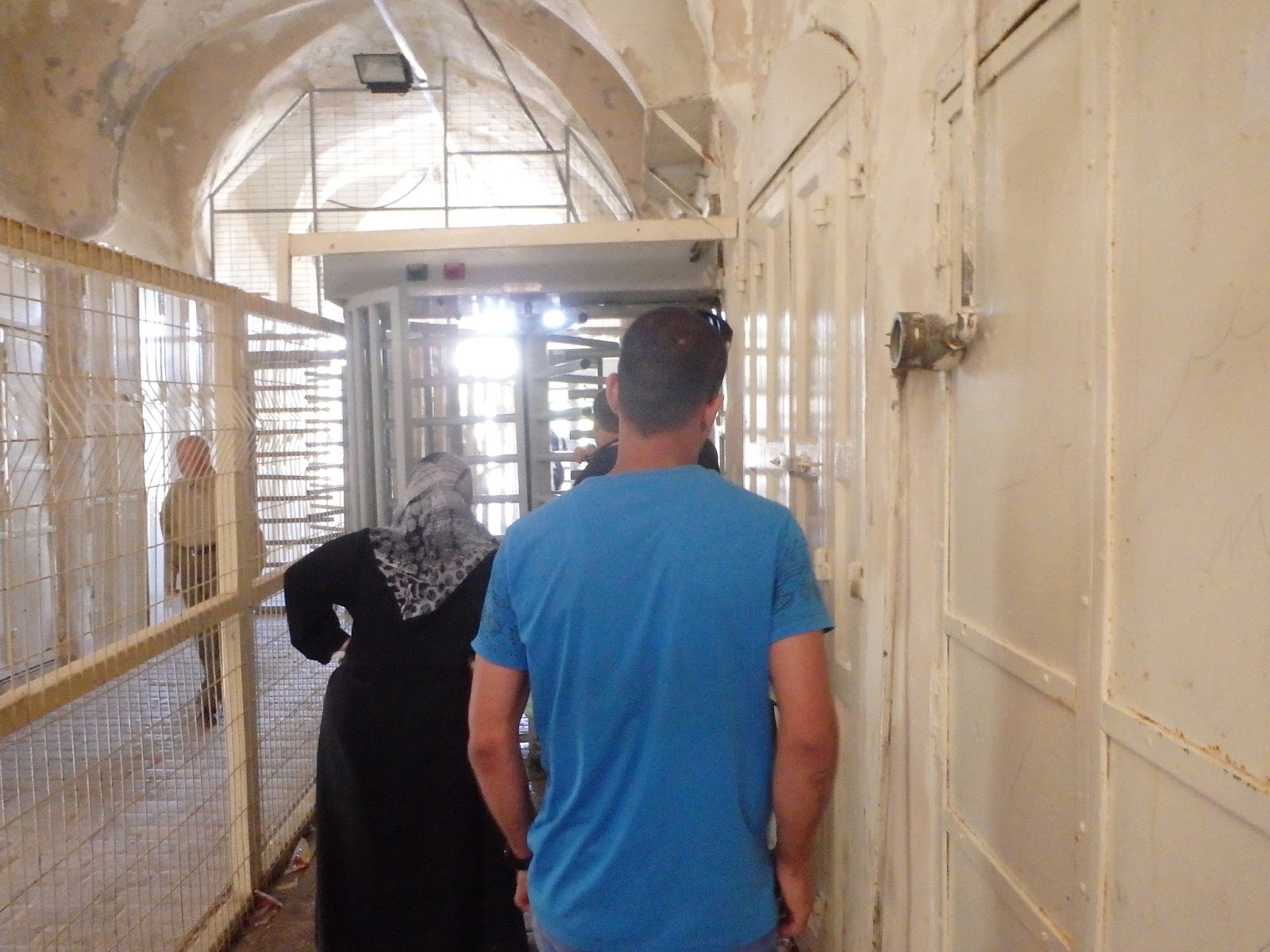Tag: Checkpoint
-
Newborn baby – a security-threat?
14th January 2017 | International Solidarity Movement, al-Khalil team | Hebron, occupied Palestine Imagine coming to a checkpoint, manned by a relentless occupying army, on your way home from hospital, holding your new baby who is less than a month old. At the checkpoint, the occupying army refuses to let you pass – insisting that you…
-
Sleeping on duty – occupation soldiers in Hebron
12th January 2017 | International Solidarity Movement, al-Khalil team | Hebron, occupied Palestine On January 12th, 2017, Shuhada checkpoint in occupied al-Khalil (Hebron) stayed closed for over half an hour, while–as it appears–soldiers were sleeping. In the meantime, long queues of Palestinians trying to reach their homes formed outside the closed checkpoint. The Shuhada checkpoint…
-
Denied permission to go to the mosque to pray
13th July 2016 | International Solidarity Movement, al-Khalil team | al-Khalil, occupied Palestine During one of our walks today, we came across a sight that very unfortunately is all too common in this city. A group of men and women were queuing up to go to the Ibrahimi Mosque – believed by both Jews and…



